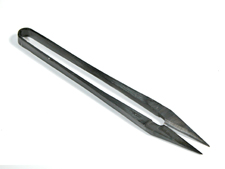Bonsai Tools
Bonsai tools are specialized tools which have evolved over hundreds of years with the art of bonsai. Good quality tools are made of forged, high-carbon steel to hold a sharp edge and will provide a lifetime of service if used and cared for properly.
Tools used for Pruning:
Leaf Pruners are used to defoliate trees. Their spring loaded action makes it easy to cut off each leaf at its petiole (stem)
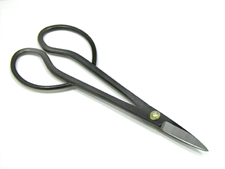
Shears (Light weight) come in various sizes and are used to cut everything from buds and leaves to stout branches and roots. Their long handles allow access to the interior of a tree without disturbing the outer branches.
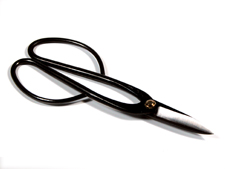
Shears: Medium weight
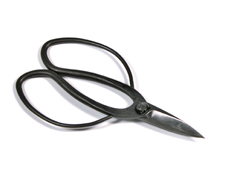
Shears: Heavy weight
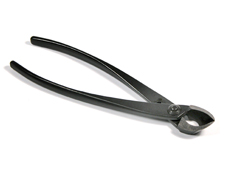
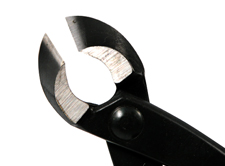
Concave Cutters come in three sizes and are used to cut branches. The angled, concave blade leaves a clean, hollow cut which heals more easily and leaves less of a pruning scar.
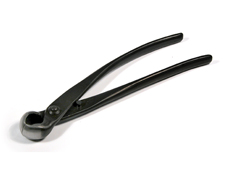
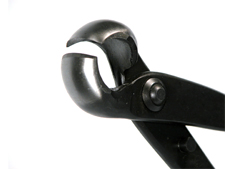
Knob Cutters or Spherical Cutters also come in three sizes and are used to cut branches at their base. These cutters leave a deep, hollow cut allowing the bark to heal with minimal pruning scar.
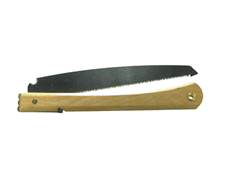
Saws are convenient when branches are too thick for Concave Cutters. Japanese pruning saws cut on the pull stroke for better control.
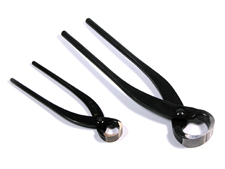
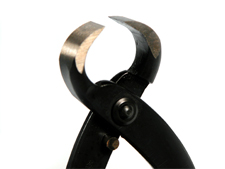
Root Cutters or Splitters come in three sizes and are used primarily to cut tough, fibrous roots, split branches and remove wood.
Tools used for Wiring:
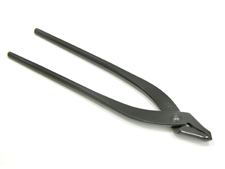
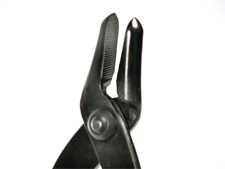
Pliers are used for bending and holding heavy wire when wiring branches. They can also be used to tear deadwood wood on branches when creating a jin.
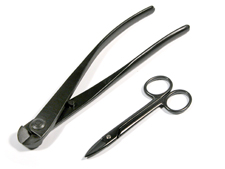
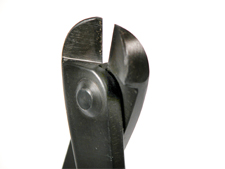
Wire Cutters: small, medium and heavy are used to cut wire from 6mm to 1mm thick. Their special shape allows for the removal of wire from branches without damaging the bark or branch.
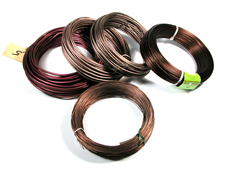
Bonsai Wire, made from anodized aluminum, comes in eight different thicknesses, from 1 mm to 6 mm in diameter. Conifers are usually wired with copper wire.
Tools used for Potting:
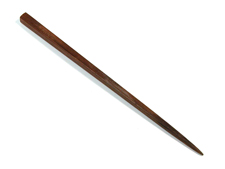
Chopsticks are inexpensive and extremely useful in teasing away soil from the root ball. They are also used to auger soil in between roots when potting a tree so as to leave no air pockets or cavities.
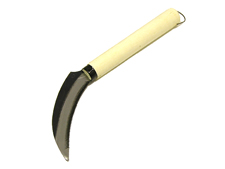
Scythe: The scythe can be used to separate a root bound tree from its container. It can also be used to saw through roots, especially overgrown sod-like root pads.
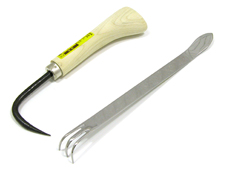
Root Hook and Root Rake are also used to comb out roots. The spatula on the Root Rake can be used to tamp down soil or separate a root-bound tree from its container.
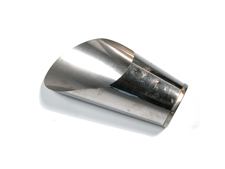
Soil Scoops are a convenient way of adding soil to the container when potting a tree. Their angled spout allow pouring the soil where needed without bumping into the trunk or branches.
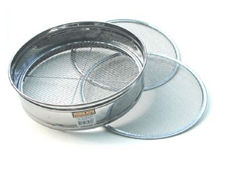
Set of Sieves:
Small (1/16” or 1.5 mm openings) Medium (1/8” or 3 mm openings.) Large (1/4 “ or 6 mm openings). These sieves are used to sift particles of varying sizes to achieve a consistent, coarse soil mix without the fine particles that can compromise the soil mix's porosity and free-draining properties.
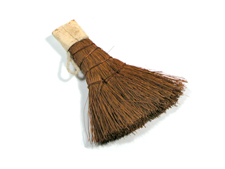
Broom: Use the broom to level and brush away excess potting medium.
Tools used for Carving:
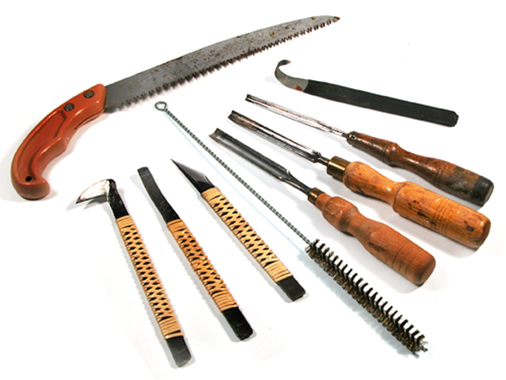
Splitters, Pliers, Knives, Scrappers, Wire Brushes, Gouges, Electric Rotary Grinders
All these tools and more, are used to carve deadwood when creating jin, shari, saba miki and driftwood.
Care and Maintenance of Bonsai Tools
• Examine your tools regularly.
• Don’t use tools for a purpose for which they were not designed.
• Never twist or turn a tools while it is being used.
• Try not to drop your tools on hard surfaces like concrete or stone.
• Don’t use your finely sharpened shears to cut roots that are in the soil. Particles of soil can dull and nick.
• Do not overload a tool. Instead make a series of smaller cuts or usealarger tool.
• Tools should be sharpened by a specialist.
• Clean your tools when finished. Alcohol or turpentine will remove sap.
• Apply a light coating of oil to surfaces and pivot point.
• Store in a dry, clean place where they will not be damaged by contact with each other or other objects.

